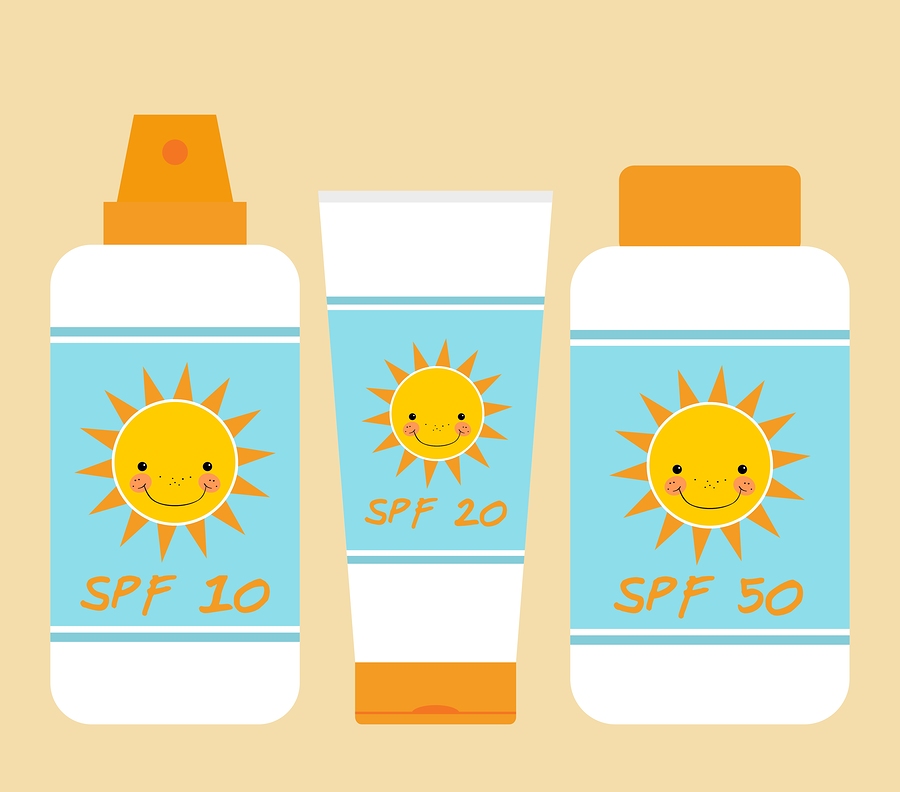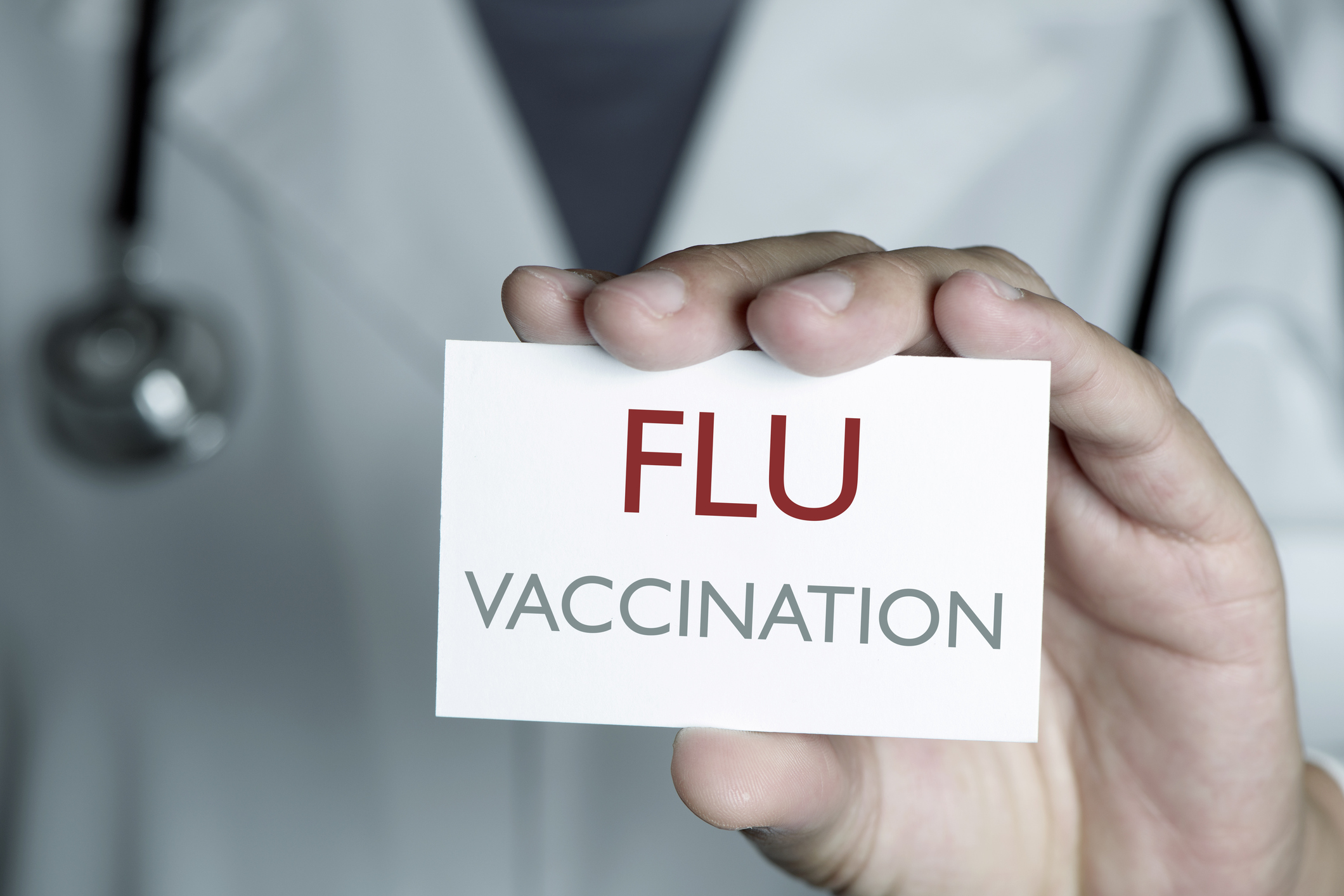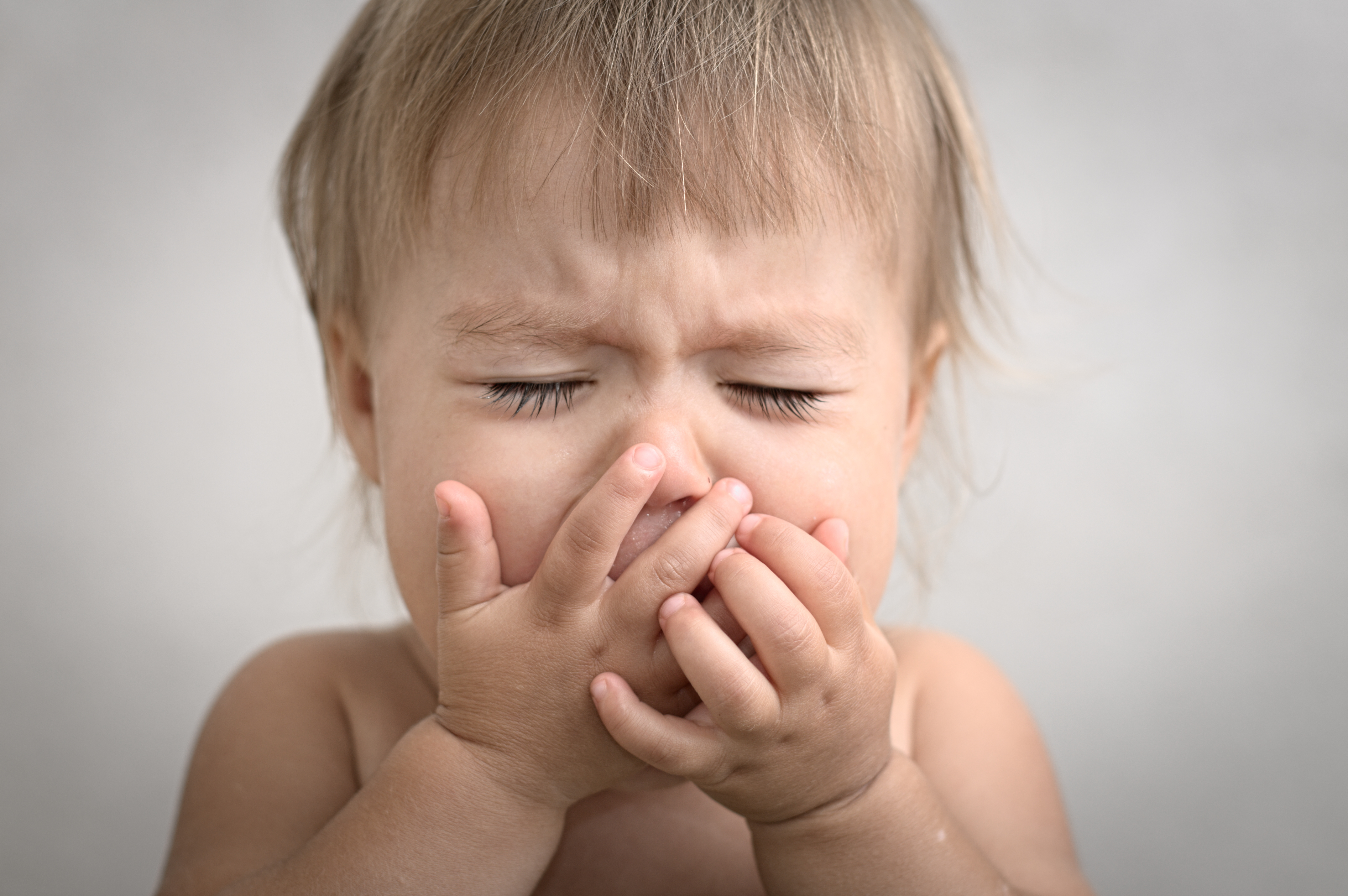Hello spring! It is so nice to finally get some nice weather and be able to get outside. I hope you are all enjoying the break in the cold as well. Even so, while the weather is nicer, this brings a whole new slew of seasonal allergies to deal with. I’m going to take this opportunity to help you identify and treat environmental allergies to hopefully keep you and your family sniffle free as the flowers bloom.
Identifying allergies can be tricky – they many times look similar to a cold. Runny nose, congestion and sneezing are common signs as well as eye watering and itching and sometimes even puffy red eyes. Allergies tend to be worse when exposed to the allergen and get better when the exposure is gone. This isn’t so with a virus causing a cold. Also, with a cold, typically your symptoms worsen until peaking at 3 to 5 days into the illness before then improving over the next week. Allergies will many times stay steady with continued exposure to that allergen. In addition, many people with allergies have what we call “allergic shiners” which are dark circles under the eyes from blood vessel congestion. You might also notice your child doing the “allergic salute” where they are constantly rubbing their nose from their constant allergic drip. Some people describe allergic runny nose like a faucet dripping as well. Sneezing and eye watering are common with both allergies and colds but tend to worsen abruptly when exposed to an allergen. Allergies rarely come with fevers which may also clue you in to what is causing your symptoms.
If you think your child might have allergies, there are lots of over the counter remedies.  Most are safe for kids two years old and older and some are safe for younger kids as well (ask your pediatrician if your child is younger than two years old). Most of these formulations are not marketed for those under two years old because your body needs several years of exposure to actually develop an allergy – so we really don’t commonly see seasonal allergies until at least two to three years old. Anti-histamines are one way to treat allergies. This helps one component of what is causing allergies. They come in liquid and pill forms – such as benadryl (diphenhydramine), claritin (loratadine), zyrtec (cetirizine), or allegra (fexofenadine). Benadryl can be taken three to four times per day but the other options are usually a daily regimen. This makes them easy to take and typically have little side effect if taken appropriately. Another option for allergy sufferers is a nasal spray. There are nasal saline sprays or saline sinus rinses – these are a good way to cleanse the nasal passages and help relieve congestion. You can also try eye washes to help rinse your eyes free of allergens that may be causing itching and irritation. Additionally, there is a nasal steroid spray that can help relieve nasal symptoms, congestion, and itchy eyes called flonase (fluticasone) that can also be tried. Typically this takes a little longer to kick in (a few days) but has more focused symptom relief. While all of these medications are safe to be sold over the counter, if you have questions or aren’t sure about dosing, please call your pediatrician to make sure you give your child the right medication for the right issue at the right dose.
Most are safe for kids two years old and older and some are safe for younger kids as well (ask your pediatrician if your child is younger than two years old). Most of these formulations are not marketed for those under two years old because your body needs several years of exposure to actually develop an allergy – so we really don’t commonly see seasonal allergies until at least two to three years old. Anti-histamines are one way to treat allergies. This helps one component of what is causing allergies. They come in liquid and pill forms – such as benadryl (diphenhydramine), claritin (loratadine), zyrtec (cetirizine), or allegra (fexofenadine). Benadryl can be taken three to four times per day but the other options are usually a daily regimen. This makes them easy to take and typically have little side effect if taken appropriately. Another option for allergy sufferers is a nasal spray. There are nasal saline sprays or saline sinus rinses – these are a good way to cleanse the nasal passages and help relieve congestion. You can also try eye washes to help rinse your eyes free of allergens that may be causing itching and irritation. Additionally, there is a nasal steroid spray that can help relieve nasal symptoms, congestion, and itchy eyes called flonase (fluticasone) that can also be tried. Typically this takes a little longer to kick in (a few days) but has more focused symptom relief. While all of these medications are safe to be sold over the counter, if you have questions or aren’t sure about dosing, please call your pediatrician to make sure you give your child the right medication for the right issue at the right dose.
Beyond taking medications, one of the best things you can do is avoid the allergen you or your kids are reacting to. Sometimes this is hard! Especially when we all want to get outside and enjoy the sunshine! You can follow pollen counts on the news or weather apps on your phone to help you know when you might run into more allergy issues. You can also try to stay inside on windy days when allergens are being blown about more heavily. Keeping windows closed in your house and making sure carpets are cleaned regularly and dust is kept to a minimum is helpful too (easy to say…harder to do!). Indoor allergens can be just as annoying so making sure you have dust mite covers on your bedding and your house is mold free is also important.
Allergies are no fun but they can be dealt with. I hope this information helps you navigate through the weedy season of pollens and enjoy the beauty of spring and summer!







